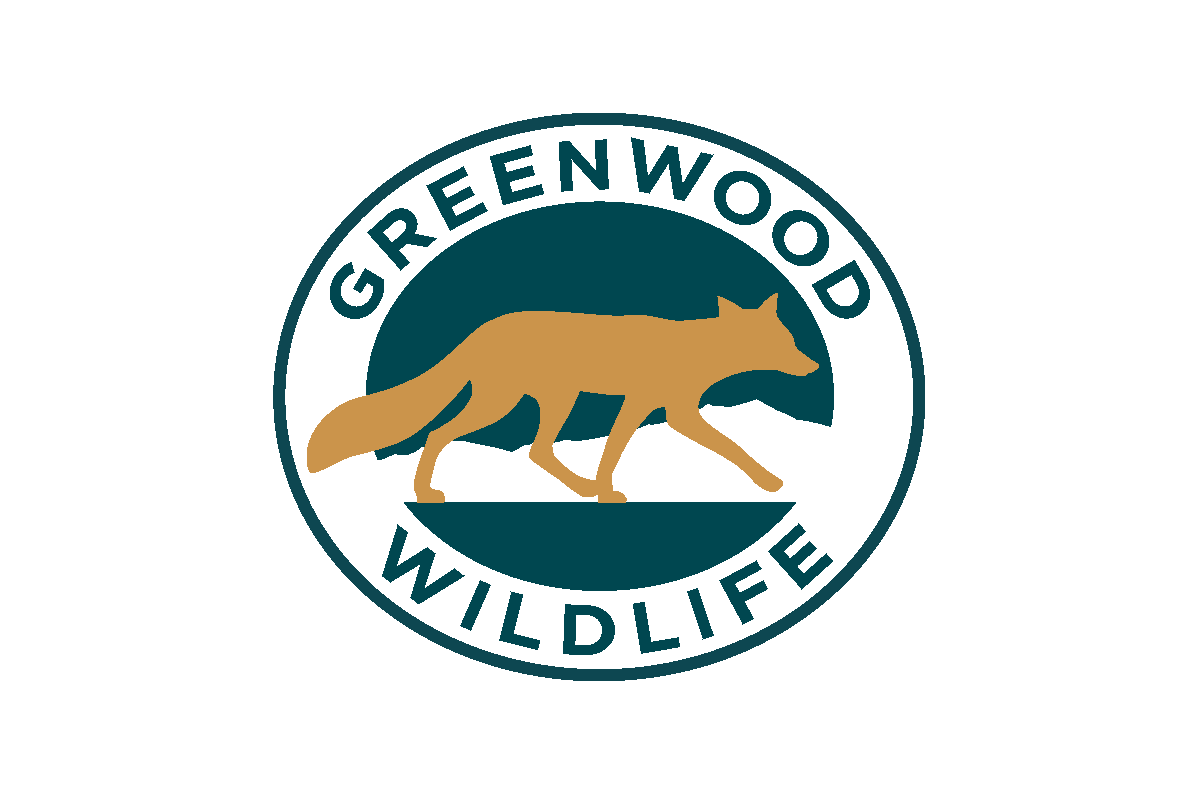Did you know that messy fishing practices can be incredibly dangerous to local wildlife? A fishing line that has not been properly disposed of can entangle or choke wildlife such as waterfowl, birds, turtles, and fish. Similarly, many feathered critters will use discarded fishing line as nest material, which also endangers their chicks. Fishing hooks can be swallowed by wildlife, which can cause immense pain or prevent them from eating.
Here at Greenwood, we are no stranger to caring for wildlife that have been injured by fishing line that has been left behind. In June, we received a fledgling Canada Goose from Superior that was tangled in line and had a fishing hook in its belly and foot. Luckily, our staff were able to remove both hooks and the goose healed after treatment. It was successfully released back into the wild.
To prevent these types of needless injuries, there are several things that you can do:
- If you’re an angler, recycle your fishing line. Cut your used line into one-inch strips and recycle it with your other plastics. Put your used hooks into a secure container before throwing them away (this will also help your trash collectors).
- Purchase weights and tackles that are not lead-based; the toxic properties of lead are harmful to wildlife. Birds have been known to ingest abandoned lead weights, which usually results in their death. Some lead alternatives include tungsten, tin, and alloyed steel.
- Invest in a container to hold your used fishing line until you are able to recycle it. We recommend a Spent Line Wrangler, which you can learn about and purchase at https://smithcreek.co/trash-fish.php
- If you don’t fish, talk to anglers you know about safe fishing practices and how they can help the environment. If you see abandoned fishing line, pick it up and dispose of it properly. You can prevent unnecesary injuries to your local wildlife!
The shoreline ecosystems thank you for your consideration!


